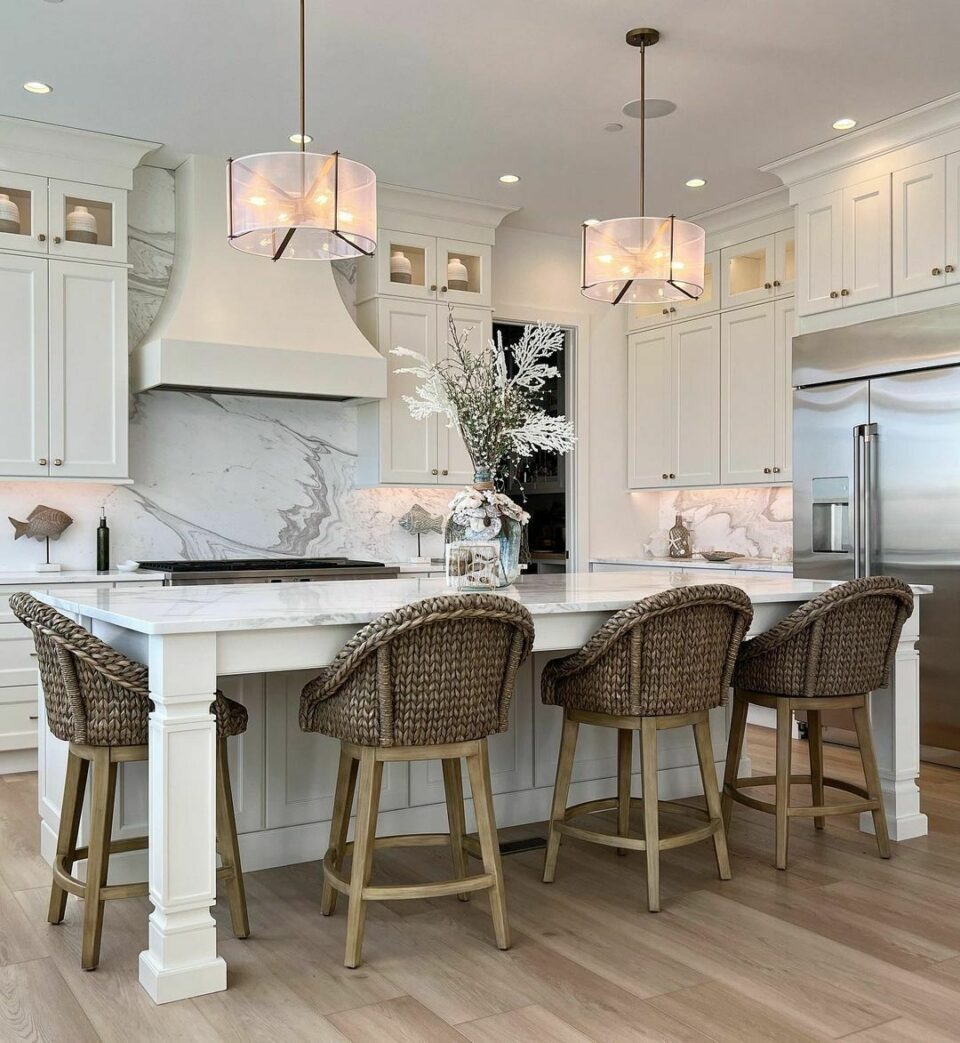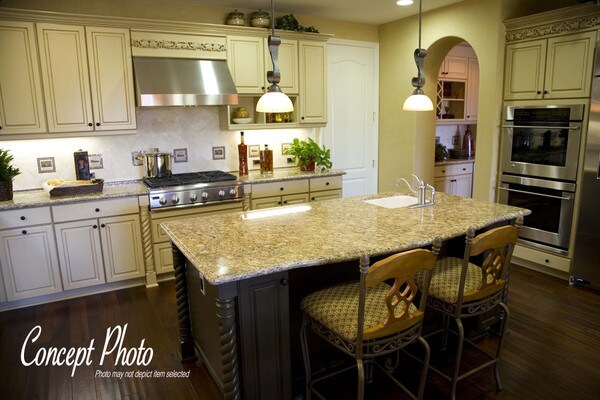Enhance Performance and Design Using High Quality Legs For Kitchen Island
Enhance Performance and Design Using High Quality Legs For Kitchen Island
Blog Article
Trick Factors To Consider for Discovering the very best Legs For Kitchen Island for Your Layout
When choosing the ideal legs for your kitchen area island, several essential factors to consider come into play that can substantially influence both functionality and appearances. The choice of material, height, and style should line up with your total kitchen design to make sure an unified appearance.
Determine Your Design Choice
Determining your style preference is vital when picking the perfect legs for your kitchen area island. The legs of your kitchen island not only serve a practical function however likewise contribute considerably to the general aesthetic of the area. Determining your design style-- be it modern, rustic, traditional, or industrial-- is essential.
For a modern kitchen, take into consideration streamlined, minimalistic legs that enhance open spaces and clean lines. On the other hand, a rustic setup might gain from even more durable, farmhouse-style legs made of recovered products. Traditional cooking areas typically favor transformed or elaborate legs, which can include a touch of beauty and refinement. Meanwhile, an industrial visual may call for steel legs that emphasize a raw, unfinished look.
In addition, consider the elevation and percentage of the legs in relation to the island's surface area. This ensures the visual equilibrium and functionality required for day-to-day use. Examining the existing components in your kitchen, such as cabinets and home appliances, can additionally lead your decision, making sure cohesiveness in layout. Ultimately, your style preference will certainly affect not just the choice of legs however likewise the total consistency of your kitchen's style.
Choose the Right Material
Picking the best product for your kitchen area island legs is pivotal in guaranteeing both toughness and visual allure. Numerous products supply distinctive benefits, and the selection usually mirrors your layout choices and useful demands.
Timber is a prominent option, offering warmth and flexibility. It can be stained or painted to match your kitchen style, making it versatile to numerous styles, from rustic to contemporary. Wood might need routine maintenance to maintain its look and stability.

If you seek a special touch, consider acrylic or glass materials. They can develop an impression of space and agility in your cooking area, making them an outstanding option for smaller areas - Legs For Kitchen Island. Nonetheless, these alternatives may need mindful handling and upkeep to prevent scratches.
Eventually, the material you select must straighten with your kitchen's total style, making certain that the legs serve both functional and ornamental objectives.
Consider Height and Proportions
When developing a kitchen area island, elevation and percentages play a crucial role in guaranteeing functionality and comfort. The conventional height for a kitchen area island usually ranges from 36 to 42 inches, lining up with conventional counter heights or bar heights, specifically. This measurement is crucial for balancing with surrounding feceses and kitchen counters, making it possible for simplicity of use during dish prep work and social communications.
Additionally, the island's percentages should complement the total kitchen area format. Think about the ratio in between the island's width and size, ensuring it supplies sufficient surface location without crowding the kitchen area.
In addition, the height of the legs or base can affect the aesthetic appeal and functionality. Taller legs may provide a more modern-day, airy feel, while shorter ones can evoke a typical, grounded look. Eventually, very visit their website carefully considering elevation and proportions will lead to a cooking area island that is both visually attractive and functionally efficient, improving the total design of the area.
Assess Security and Resilience
A cooking area island's legs must not only enhance its elevation and proportions however additionally provide appropriate security and durability to support everyday tasks. The legs are vital to the general capability of the island, as they birth the weight of the countertop and any extra tons, such as devices or cooking tasks.
When evaluating stability, it is vital to take into consideration the leg design and material. For example, strong steel or strong wood legs usually offer exceptional stamina compared to lighter materials like engineered wood or plastic. Furthermore, a larger base can improve stability, decreasing the danger of wobbling or tipping throughout usage.
Longevity is just as vital; the legs need to stand up to damage from daily use. Think about finishes that protect versus scrapes, damages, and wetness, especially in a kitchen setting. Review the top quality of building and construction, such as joints and fastenings, which can substantially impact the legs' long-lasting efficiency.
Inevitably, buying well-crafted legs that focus on stability and longevity will ensure your cooking area island stays a trustworthy office for years ahead, enhancing your culinary experiences while maintaining aesthetic allure.
Consider Maintenance and Treatment
Maintenance and care are crucial factors to consider for guaranteeing the longevity and performance of cooking area island legs. When choosing legs, it is necessary to examine the materials utilized, as various choices call for varying degrees of maintenance. Wood legs may need routine refinishing or sealing to avoid dampness damages and scratches, while metal legs might require regular polishing to preserve their sparkle and prevent rust.
Additionally, the coating put on the legs can influence maintenance requirements. A high-gloss layer may be simpler to tidy yet can show fingerprints and helpful hints scratches quicker than a matte finish. visit this website It is recommended to select products and coatings that enhance your lifestyle; for example, if you frequently host events, go with long lasting products that can hold up against damage.
Additionally, consider the cleaning process involved in preserving these legs. Smooth surface areas usually need marginal effort, while detailed designs may build up dust and gunk, requiring even more labor-intensive cleansing methods. Legs For Kitchen Island. Eventually, factoring in the maintenance and care required for your picked cooking area island legs will certainly not just improve their aesthetic appeal but additionally guarantee their practical stability in time
Conclusion
Finally, selecting the optimum legs for a kitchen area island demands mindful consideration of various variables, consisting of design style, material selection, upkeep, stability, and elevation. Each aspect plays an important role in ensuring that the legs not just improve the visual charm of the kitchen yet likewise provide the essential support and sturdiness for everyday usage. A well-informed choice will ultimately add to a practical and aesthetically pleasing kitchen area setting.
The legs of your kitchen area island not just serve a useful function yet likewise add considerably to the total aesthetic of the room.Maintenance and treatment are crucial factors to consider for ensuring the durability and performance of kitchen area island legs. Wood legs may need routine refinishing or sealing to stop moisture damage and scrapes, while steel legs may require normal polishing to preserve their sparkle and avoid corrosion.
Inevitably, factoring in the maintenance and care needed for your chosen cooking area island legs will not only boost their visual allure yet also guarantee their useful stability over time.

Report this page